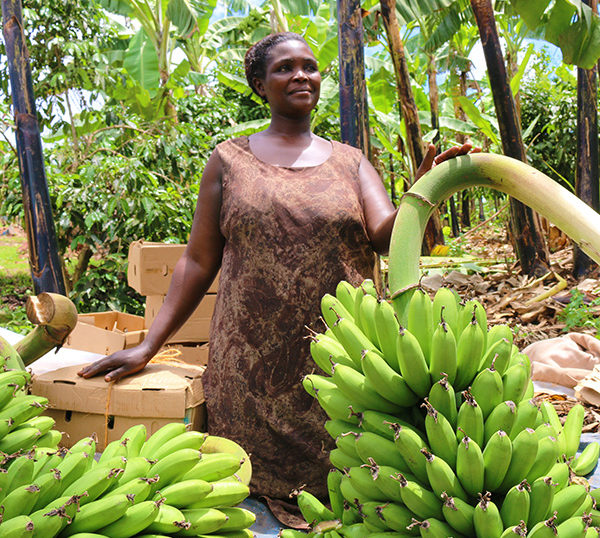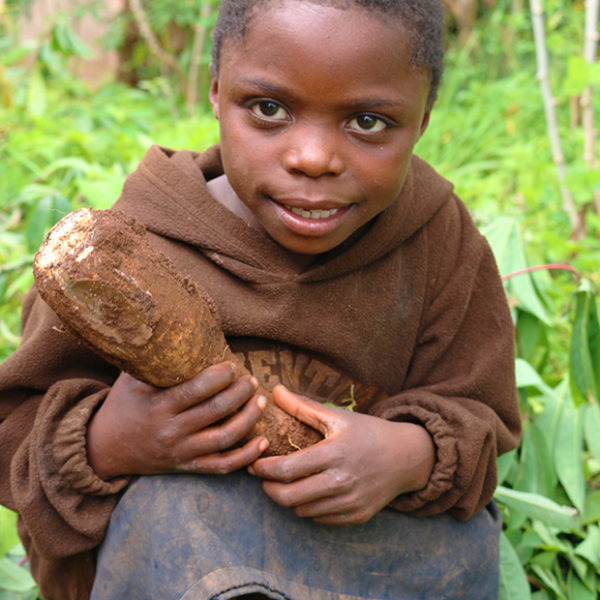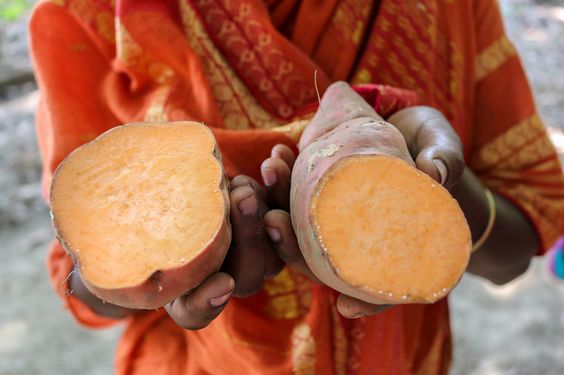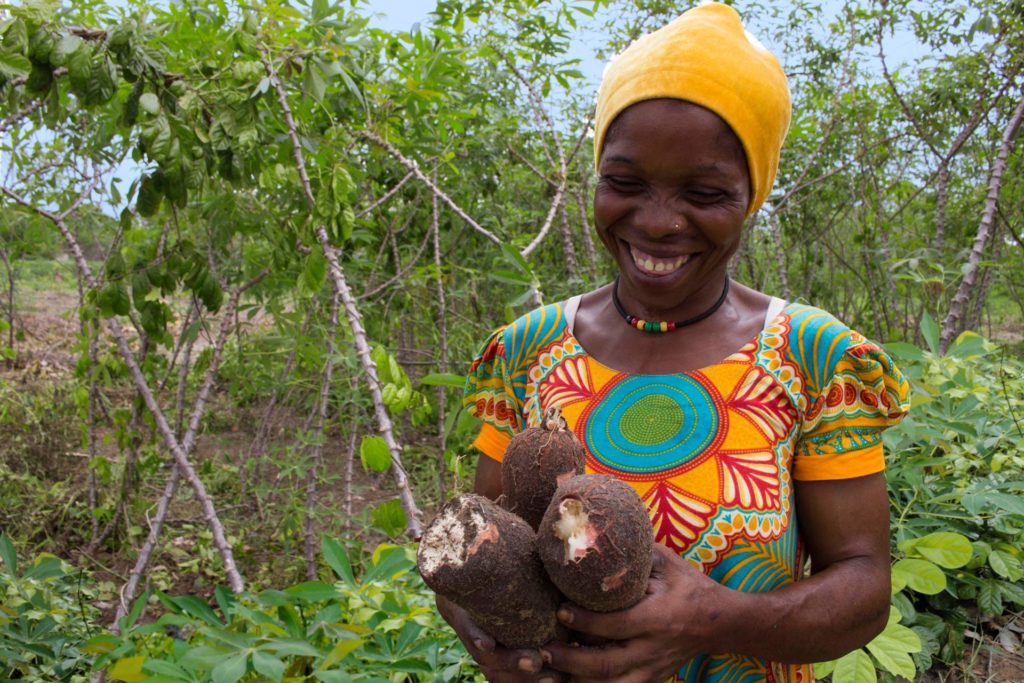Led by Dr. Graham Thiele
The CGIAR Research Program on Roots, Tubers and Bananas (RTB) successfully concluded Phase I in 2016 and has now commenced the second phase of the program following the approval of a compelling and highly-rated Phase II proposal, with an enhanced focus on scaling. As both the lead center for and part of the broader RTB alliance with diverse and complementary partners, CIP has played a central role in the program’s success while also benefitting from the shared learning and perspective across RTB’s crops and partners. Root, tuber and banana crops, including potato and sweetpotato, are some of the most important staple crops in the world’s poorest regions. They provide around 15% or more of the daily per capita calorie intake for the 763 million people living in the least developed countries. Often rich in key nutrients, such as with orange-fleshed sweetpotato, RTB crops can significantly improve nutrition and food security. However, these crops also share several common challenges, including that as they are propagated clonally rather than with true seeds this allows yield-reducing pathogens to build up over time, while the crops’ bulk and perishability put pressure on postharvest innovation. Considerable progress was made in Phase I in tackling these and other challenges.





